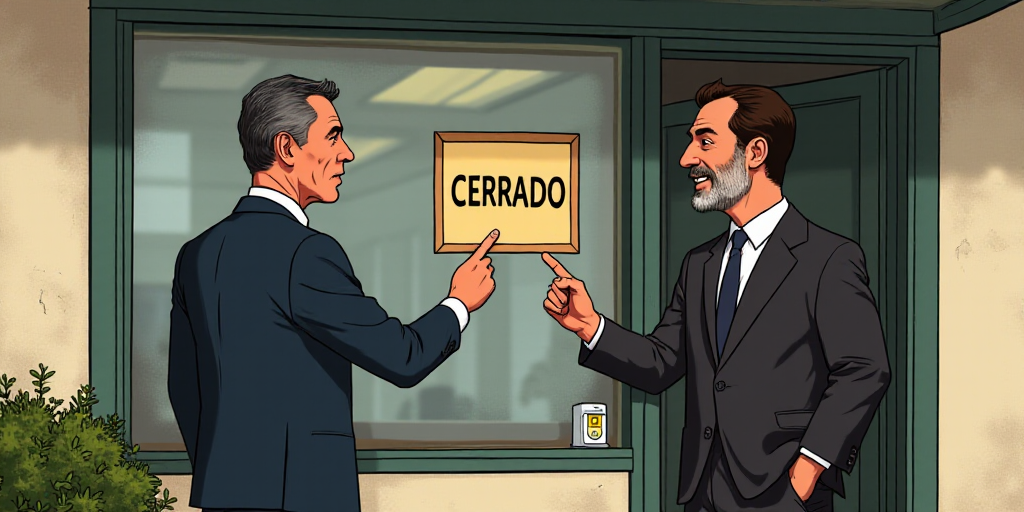Introduction
When embarking on a new entrepreneurial journey, the first instinct is not usually to seek capital. Instead, one looks for companionship; someone who provides confidence and security, making you feel less alone amidst uncertainty. This author has personally experienced this, associating with partners in three separate ventures, each leaving distinct scars. Over time, the author learned that associating isn’t the issue—it’s how you choose partners and your willingness to set boundaries before they become necessary.
A Tale of Misaligned Partnership
Recently, I heard a story that perfectly illustrates this overlooked aspect. It wasn’t a tale of villains or blatant betrayals, but rather one where no one did anything terrible, yet the outcome was disappointing.
Laura wanted to start a business. She had the idea, motivation, and understandable fear. Instead of seeking investors, she sought allies: her prima Andrea, with whom she shared a lifelong history, and Martín, her enthusiastic university friend. They joined not for a shared vision but due to their personal connections.
The plan was simple: a specialty coffee shop with a great location and relaxed atmosphere. Andrea managed operations, while another person handled finances and contracts. Martín, the motivational partner, was always brimming with ideas but rarely followed through on them.
Initially, everything seemed to work. There were long lines on Fridays, positive feedback, and energetic meetings. However, cracks began to show as time passed. The operator was exhausted, the financier distrustful, and the enthusiast talked about opening branches without showing up on time.
What went wrong? There were no shouting matches or outright treachery. Instead, there was a slow and constant wear and tear until one day they realized the business wouldn’t continue. Not because it failed, but because they couldn’t work together.
This is what hurts the most when the problem isn’t the product, rent, or clients—it’s who you chose to partner with.
Lessons Learned and Preventive Measures
Based on this story and my own experiences, I developed a simple yet honest exercise to avoid business divorces before they begin. Here are the key checks:
1. Worst-case scenario format
Have each potential partner write separately about what would happen if the business failed. This includes scenarios like wanting to exit, laying off someone close, not having enough funds, or putting in more effort than others. Comparing responses; if discussing these situations causes tension, the problem already exists.
2. Time, role, and performance
Ask each partner to note weekly hours dedicated, specific tasks, and performance measurement. If someone hesitates, laughs off the question, or provides vague answers, it’s better to part ways now rather than risk losing the business later.
3. Emotional contract
Before signing any formal agreement, each partner should write individually what they hope to gain and what they’re willing to lose. This isn’t a legal contract but an emotional one. Those who don’t take this exercise seriously won’t take potential challenges and responsibilities seriously either.
Remember, partnering in a business is more intimate than marriage. You share not only ideas but also risks, decisions, and reputation. If you can’t imagine a healthy “divorce” with that person, don’t enter the business partnership in the first place.
Key Questions and Answers
- Q: Why are clear conversations and agreements crucial in a business partnership? A: Clear conversations and agreements establish the foundation for a strong business, ensuring all parties understand their roles, responsibilities, and expectations.
- Q: What are some red flags to watch out for when choosing a business partner? A: Red flags include reluctance to discuss worst-case scenarios, vague or inconsistent answers regarding time commitment and performance expectations, and an inability to envision a healthy partnership dissolution.
- Q: How can one prepare for potential conflicts in a business partnership? A: By conducting a worst-case scenario exercise, outlining time commitments and performance expectations, and creating an emotional contract, partners can better anticipate and navigate conflicts.






